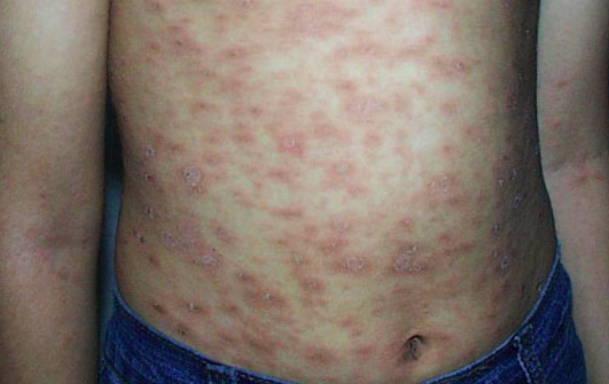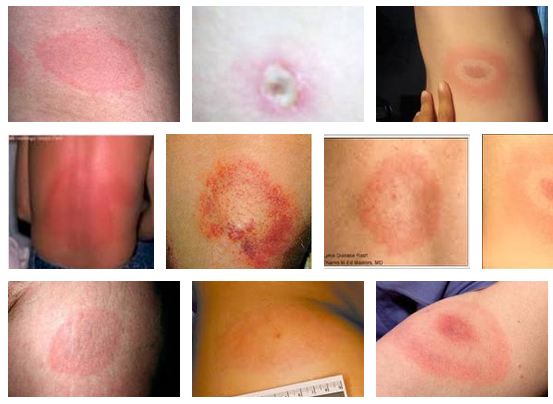


Date: 04 Jun 2025
Lyme disease is a bacterial infection caused by Borrelia burgdorferi, transmitted to humans through the bite of infected black-legged ticks, also known as deer ticks. Though it is most commonly reported in North America and parts of Europe, the increasing global exposure to nature and climate change has made Lyme disease a growing health concern. The disease can affect multiple systems in the body and, if left untreated, may lead to serious complications.
The most recognizable early skin symptom of Lyme disease is erythema migrans (EM). This rash typically appears within 3 to 30 days after a tick bite. It starts as a red spot at the site of the bite and gradually expands outward, sometimes developing a clear center that gives it a “bull’s-eye” appearance. Although it may look alarming, the rash is usually not painful or itchy, but it is often warm to the touch.
Not everyone infected with Lyme disease will develop this rash. In cases where it is absent, diagnosis can be delayed unless other symptoms are closely monitored.
As the bacteria spread in the body, more skin symptoms can appear. These include:
In addition to skin symptoms, individuals may experience:
These symptoms often progress in stages and vary depending on how long the infection has been in the body.

Lyme disease treatment depends on the stage of infection—early localized, early disseminated, or late chronic. The earlier it is diagnosed, the easier and quicker it is to treat. Most people recover completely with prompt antibiotic therapy.
Antibiotics are the mainstay of treatment and are selected based on the patient's age, allergy status, and the stage of the disease.
Even after treatment, some patients may experience Post-Treatment Lyme Disease Syndrome (PTLDS), which includes lingering fatigue, pain, or cognitive issues. Although not due to active infection, these symptoms can be managed with supportive care.
Pharmily Kenya offers a range of products that complement antibiotic therapy and support overall well-being during Lyme disease treatment.
To manage fever, body aches, and joint pain:
For rashes or irritation from tick bites:
Boost your body’s ability to fight infection:
Antibiotics can disturb gut bacteria:
Preventing tick bites is the most effective way to avoid Lyme disease. Here’s how:
A: The most common early sign is a bull’s-eye rash (erythema migrans) at the site of the tick bite. It typically appears 3–30 days after the bite and may expand gradually. However, not everyone develops this rash. Other early symptoms may include fever, chills, body aches, and fatigue.
A: Lyme disease is primarily diagnosed based on physical symptoms, history of tick exposure, and confirmed through blood tests (such as the ELISA and Western blot tests). Early testing may not always detect the disease, so doctors also rely on clinical signs.
A: Yes. Most cases of Lyme disease are completely curable with a course of oral antibiotics like doxycycline or amoxicillin. In advanced cases, intravenous antibiotics may be needed. Full recovery is possible, especially if treatment begins early.
A: Remove the tick promptly with fine-tipped tweezers and clean the area with antiseptic. Monitor for symptoms over the next few weeks. You can apply Betadine Antiseptic Cream from Pharmily to reduce infection risk. Seek medical advice, especially if the tick was attached for more than 24 hours or if symptoms develop.
A: Some individuals experience Post-Treatment Lyme Disease Syndrome (PTLDS), including fatigue, joint pain, or brain fog. While the active infection is gone, symptoms can last for months. Supportive care with multivitamins, anti-inflammatory agents, and immune boosters like Vitamin C and Zinc can help with recovery.